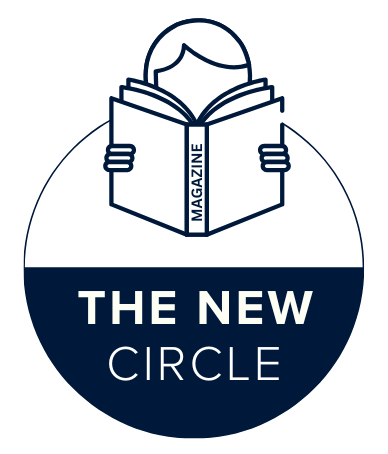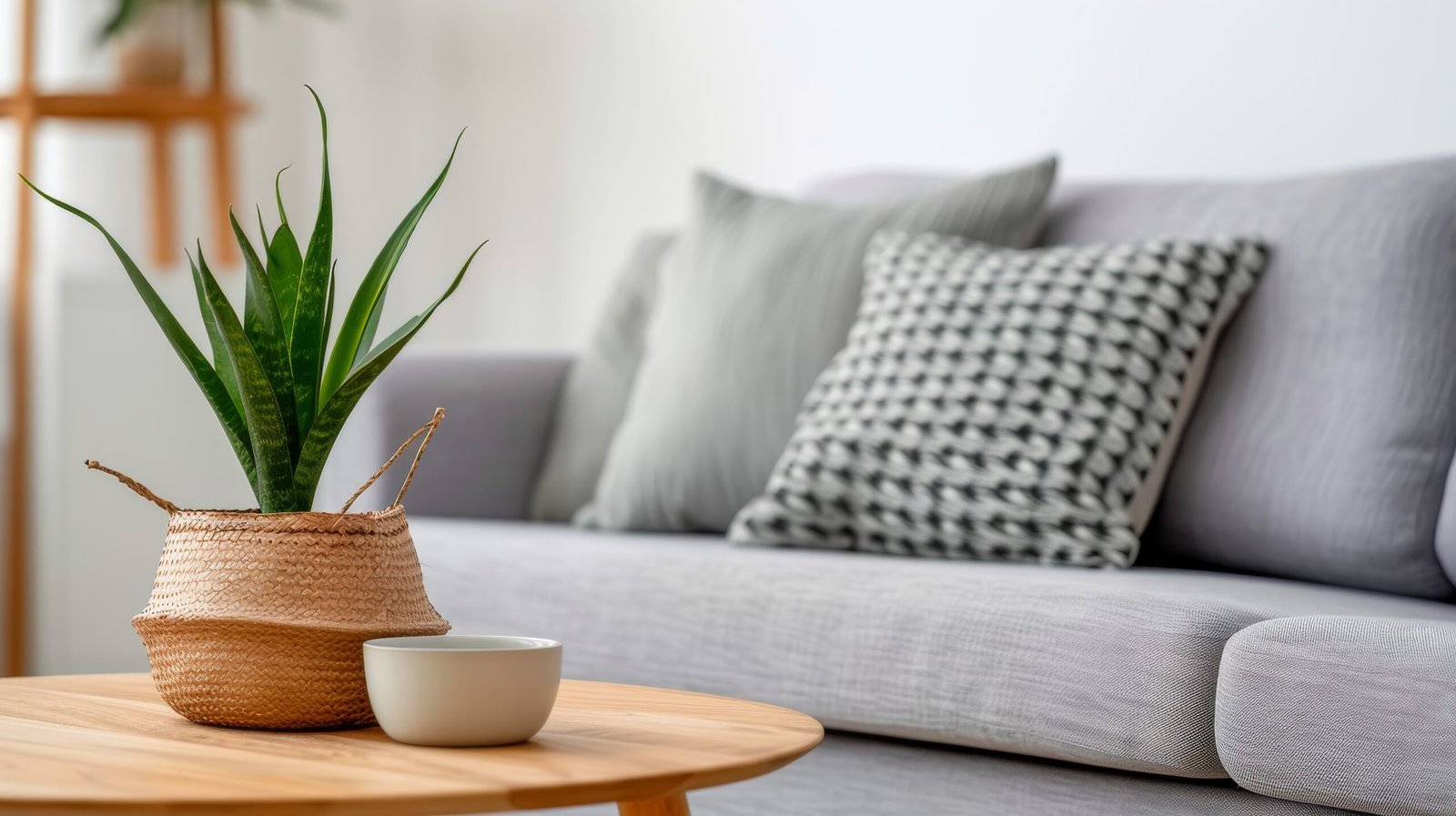Preparing Homes for New Design Styles
Style trends change, and having your home prepared for what’s next can keep spaces up-to-date and inviting. Whether a wholesale remodel or small steps, doing the right things ahead of time gets the process off without a snag. Staging ahead also prevents unnecessary stress and gets your style choices more long-term.
The first order of the day is assessing the space you work with currently. Think about what you determine is outdated and what you can revamp with a little bit of energy. A decluttering, a repaint, or revitalizing a few high-impact pieces can do a lot of the heavy lifting before drastic measures ensue. Foreseeing your lifestyle as well means the new design not only looks fantastic but performs well day-in and day-out. Putting focus into preparation creates a solid foundation for bringing new styles into your living space.
Why Design Prep Matters
Preparing a home before introducing new design styles makes the entire process smoother and more rewarding. When you take time to organize and plan, it becomes easier to see what works in your space and what needs updating. This step ensures that your design choices not only look modern but also remain practical. For families juggling extra items, finding temporary solutions like vehicle storage near Fayetteville Pavilion can help clear space and reduce clutter while remodeling. Preparation is about creating a clean canvas so the new design can shine without distractions.
Myth vs reality: Many people believe that preparation only adds more work to the design process. In reality, careful preparation saves time and money by preventing mistakes, making it easier to choose the right furniture, colors, and layouts that fit your lifestyle.
A thoughtful start ensures that your investment in new styles creates a lasting impact.
Decluttering Before Changes
Decluttering is one of the easiest yet most powerful ways to prepare for a new design style. By removing items that no longer serve a purpose, you create more room to highlight features that matter. Start small by clearing one space at a time, such as a closet, shelf, or corner of a room. This approach keeps the process manageable and motivating. Donate or recycle items that are in good condition and discard anything worn out. Decluttering also helps you see the natural flow of your home, making it easier to plan furniture placement and design updates. A unique perspective is to view decluttering not as losing items but as gaining freedom for new ideas to flourish. Once unnecessary belongings are gone, your space feels lighter, fresher, and more ready to welcome the new style. This step sets the tone for a transformation that feels both intentional and exciting.
Choosing a Style Direction
One common question is how can I choose the right design style for my home? The best approach is to think about how you live every day. If you enjoy simplicity, modern or minimalist styles may work well. For those who prefer warmth and comfort, rustic or traditional styles can create the right atmosphere. It helps to look at inspiration boards, visit showrooms, or explore online galleries to see what feels most natural to you.
Another frequent question is what is the best way to combine different design styles? Mixing styles works when there is a unifying element, such as color, texture, or material. For example, pairing modern furniture with rustic wood accents creates balance without looking messy. The key is to avoid clutter and keep the overall design consistent.
People also ask why is choosing a style direction important before starting changes? Without a clear plan, it is easy to buy items that do not match, leading to wasted time and money. Having a style direction ensures harmony, helping each design choice fit into a bigger picture.
By taking time to explore and choose carefully, you create a home that reflects both your personality and practical needs.
Updating Key Features
When preparing for new design styles, updating a few key features can make a major difference. These changes set the tone for the rest of your space and help create a polished look. Here are some simple, actionable tips.
- Refresh walls with paint in modern tones
- Replace outdated light fixtures with brighter options
- Upgrade cabinet hardware for a subtle change
- Swap old curtains for lighter, airy fabrics
- Add new rugs to define spaces and add warmth
Common mistakes to avoid: Many people try to change too much at once, making the process stressful and costly. Others focus on trends rather than what fits their lifestyle, which leads to regret later. Ignoring budget limits is another mistake that can derail the project quickly.
By focusing on smaller, impactful updates, you can refresh your space without overspending. These steps give your home a fresh feel and prepare it to embrace new design styles with ease.
Balancing Old and New
One Fayetteville couple chose to revamp the living room with a newer, more modern feel without entirely getting rid of pieces that had personal significance. They had an older coffee table and assortment of chairs from loved ones but wanted the rest of the space to feel new. Instead of getting rid of these pieces, they chose to work them into a new aesthetics. They refinished the chairs with a lighter stain, paired the coffee table with a new rug, and filled the area around each with modern-looking furnishings. This blending of older pieces with new helped put character into the space without entirely doing away with the older pieces. Guests often mentioned how warm the space felt as well as how unlike other spaces.
Pros vs cons: The benefit of combining the new with the old is keeping items of value, financial saving, and a place with personality. Risks are incongruousness of style, incompatible colors, or imposing the elements which do not belong, and they could throw the design flow into turmoil. Comprehensive planning and incremental refinements reduce these risks.
Experts argue that integrating the new and the old allows the homeowner to come up with a personalised design while following up with new ideas. The couple’s case shows how one can accomplish a fashionable and modernised area without conceding sentimental value. The old may highlight the greatness of new trends instead of getting into competition with them once they get appropriate refinements. Such a strategy not only upholds remembrance but also creates a living area which not only becomes warm but also contemporary.
Creating Long-Term Appeal
Refreshing your home is exciting, but the goal is to create changes that last. Focus on updates that balance comfort with style and reflect how you live every day. Preparing homes for new design styles is about more than trends—it is about building spaces that stay beautiful and functional for years. Start with small, thoughtful steps today, and you will enjoy a home that grows with you and adapts to new design inspirations effortlessly.
YOU MAY ALSO LIKE: The Silent Guardian in Your Walls: Why Modern Insulation is Spain’s Unsung Hero of Construction

